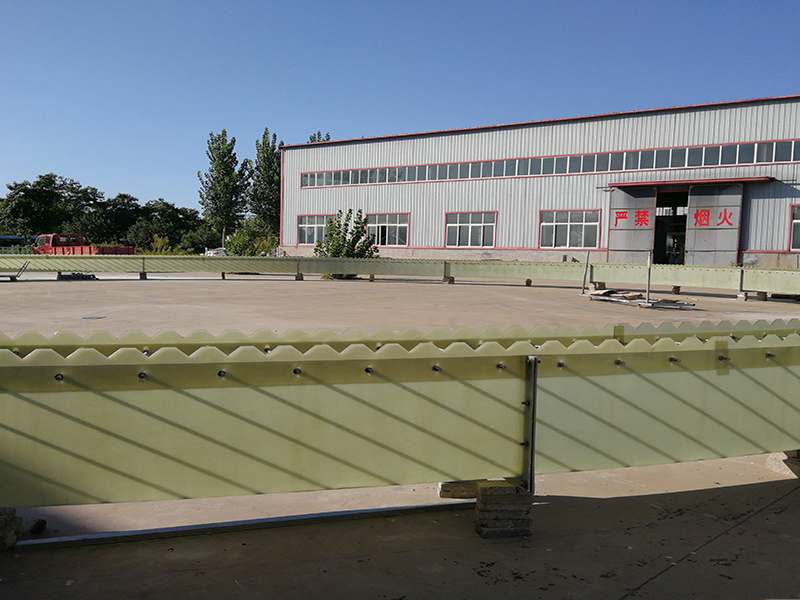
-
 Afrikaans
Afrikaans -
 Albanian
Albanian -
 Amharic
Amharic -
 Arabic
Arabic -
 Armenian
Armenian -
 Azerbaijani
Azerbaijani -
 Basque
Basque -
 Belarusian
Belarusian -
 Bengali
Bengali -
 Bosnian
Bosnian -
 Bulgarian
Bulgarian -
 Catalan
Catalan -
 Cebuano
Cebuano -
 China
China -
 China (Taiwan)
China (Taiwan) -
 Corsican
Corsican -
 Croatian
Croatian -
 Czech
Czech -
 Danish
Danish -
 Dutch
Dutch -
 English
English -
 Esperanto
Esperanto -
 Estonian
Estonian -
 Finnish
Finnish -
 French
French -
 Frisian
Frisian -
 Galician
Galician -
 Georgian
Georgian -
 German
German -
 Greek
Greek -
 Gujarati
Gujarati -
 Haitian Creole
Haitian Creole -
 hausa
hausa -
 hawaiian
hawaiian -
 Hebrew
Hebrew -
 Hindi
Hindi -
 Miao
Miao -
 Hungarian
Hungarian -
 Icelandic
Icelandic -
 igbo
igbo -
 Indonesian
Indonesian -
 irish
irish -
 Italian
Italian -
 Japanese
Japanese -
 Javanese
Javanese -
 Kannada
Kannada -
 kazakh
kazakh -
 Khmer
Khmer -
 Rwandese
Rwandese -
 Korean
Korean -
 Kurdish
Kurdish -
 Kyrgyz
Kyrgyz -
 Lao
Lao -
 Latin
Latin -
 Latvian
Latvian -
 Lithuanian
Lithuanian -
 Luxembourgish
Luxembourgish -
 Macedonian
Macedonian -
 Malgashi
Malgashi -
 Malay
Malay -
 Malayalam
Malayalam -
 Maltese
Maltese -
 Maori
Maori -
 Marathi
Marathi -
 Mongolian
Mongolian -
 Myanmar
Myanmar -
 Nepali
Nepali -
 Norwegian
Norwegian -
 Norwegian
Norwegian -
 Occitan
Occitan -
 Pashto
Pashto -
 Persian
Persian -
 Polish
Polish -
 Portuguese
Portuguese -
 Punjabi
Punjabi -
 Romanian
Romanian -
 Russian
Russian -
 Samoan
Samoan -
 Scottish Gaelic
Scottish Gaelic -
 Serbian
Serbian -
 Sesotho
Sesotho -
 Shona
Shona -
 Sindhi
Sindhi -
 Sinhala
Sinhala -
 Slovak
Slovak -
 Slovenian
Slovenian -
 Somali
Somali -
 Spanish
Spanish -
 Sundanese
Sundanese -
 Swahili
Swahili -
 Swedish
Swedish -
 Tagalog
Tagalog -
 Tajik
Tajik -
 Tamil
Tamil -
 Tatar
Tatar -
 Telugu
Telugu -
 Thai
Thai -
 Turkish
Turkish -
 Turkmen
Turkmen -
 Ukrainian
Ukrainian -
 Urdu
Urdu -
 Uighur
Uighur -
 Uzbek
Uzbek -
 Vietnamese
Vietnamese -
 Welsh
Welsh -
 Bantu
Bantu -
 Yiddish
Yiddish -
 Yoruba
Yoruba -
 Zulu
Zulu
Different Varieties of Jackhammers and Their Uses in Construction Projects
Different Types of Jackhammers A Comprehensive Guide
Jackhammers, also known as pneumatic drills, are powerful tools utilized in various construction, demolition, and roadwork applications. They deliver tremendous impact force, making them indispensable for breaking concrete, asphalt, and other tough materials. Understanding the different types of jackhammers available can help you choose the right one for your specific needs. In this article, we will explore the various types of jackhammers, their features, and their applications.
1. Pneumatic Jackhammers
Pneumatic jackhammers are the most common type used in construction and demolition. These tools use compressed air to operate, making them particularly powerful and effective for heavy-duty tasks. Pneumatic jackhammers come in various sizes and power levels, catering to different job requirements. The advantage of pneumatic tools is their ability to continuously operate as long as they are supplied with compressed air. They're often used in large-scale projects such as road repairs and building demolition.
The downside of pneumatic jackhammers is that they generally require an air compressor, which can limit portability. Additionally, the noise produced by these tools can be significant, necessitating the use of hearing protection for operators.
2. Electric Jackhammers
Electric jackhammers have gained popularity due to their ease of use and portability. Unlike pneumatic models, electric jackhammers can be plugged into a standard power source, eliminating the need for an air compressor. They are available in corded and cordless options—the latter offering enhanced mobility.
Electric jackhammers are lighter and more user-friendly than pneumatic ones, making them ideal for smaller jobs, home renovations, and indoor work, where noise and vibration levels must be minimized. However, their power output may not match that of pneumatic models, so they might not be suitable for heavy demolition tasks.
3. Hydraulic Jackhammers
Hydraulic jackhammers are another option, utilizing hydraulic fluid under pressure to generate powerful impacts. These tools are often used in specialized applications, such as underwater construction or environments where a pneumatic tool would not be effective.
types of jackhammers

Hydraulic jackhammers are generally quieter and produce less vibration than their pneumatic counterparts, making them easier on the operator. They are highly efficient, but the requirement for hydraulic hoses and pumps can limit their portability and require more setup time.
4. Gas-Powered Jackhammers
Gas-powered jackhammers provide a portable and powerful alternative to electric and pneumatic units. They run on gasoline, which allows for operation in locations without electricity or compressed air lines. These types of jackhammers are commonly used in outdoor applications such as road construction and utility work.
While gas-powered models are highly effective, they can be heavier and more cumbersome to operate. Additionally, they emit exhaust fumes, so proper ventilation is crucial when using them in enclosed spaces.
5. Demolition Hammers
While not always classified as traditional jackhammers, demolition hammers are another type of heavy-duty equipment often used for similar purposes. They deliver a continuous hammering motion instead of the percussive blows of a traditional jackhammer, making them better suited for chiseling and breaking up materials.
Demolition hammers are typically electric and come in various sizes, making them versatile for different jobs, from minor renovations to larger demolition tasks. However, they are generally more effective on softer materials and less suitable for tasks requiring maximum impact force.
Conclusion
Choosing the right type of jackhammer depends on the nature of your project, the materials you’ll be working with, and your specific requirements for power, mobility, and application. Understanding the differences between pneumatic, electric, hydraulic, gas-powered, and demolition hammers can help you make an informed decision. Always consider safety measures, including proper protective equipment, and follow manufacturers' guidelines for optimal performance. Whether you're a professional contractor or a DIY enthusiast, selecting the right jackhammer can make a significant difference in the efficiency and effectiveness of your work.









